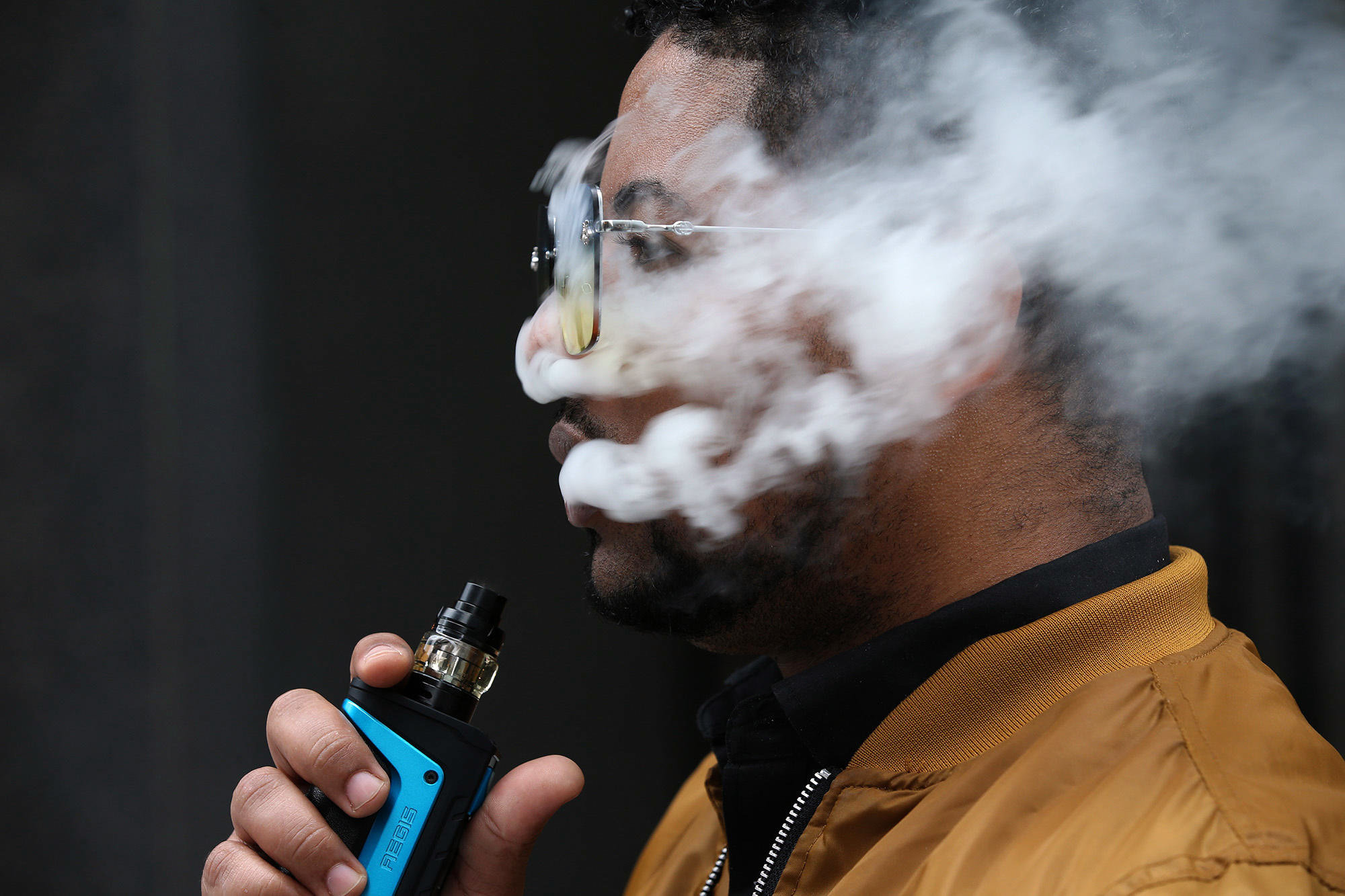KalimNews, August 6, 2025 : As vaping continues to rise in popularity—particularly among teenagers and young adults—medical experts are now raising serious concerns about the long-term impact of this growing trend. While often marketed as a safer alternative to smoking, vaping may in fact carry equal or even greater health risks, warns Dr. James Middleton, a leading cardiologist, who describes the widespread belief in its safety as “dangerously misleading.”
The Illusion of Safety: Why Vaping Feels Safer but Isn’t
Electronic cigarettes and vaping devices work by heating a liquid containing nicotine, flavorings, and other chemicals into an aerosol, which is then inhaled into the lungs. Because it doesn’t involve burning tobacco, vaping has been marketed as a cleaner, healthier alternative to smoking. However, emerging research and expert insight now indicate that this assumption may be dangerously flawed.
A Cardiologist Speaks Out: “Not the Harmless Habit It’s Marketed to Be”
Dr. Middleton cautions that vaping may trigger serious health conditions, including early signs of heart damage and lung inflammation—even in individuals with no prior history of smoking. He warns that the nicotine in vape liquids is highly addictive and can raise blood pressure, quicken heart rate, and disrupt normal heart rhythms—factors that increase the risk of heart attack and stroke.
Vaping’s Hidden Health Hazards: What’s Really in the Vapor
Though vaping avoids some of the carcinogens associated with traditional cigarettes, it introduces its own set of dangers. Chemicals like formaldehyde, diacetyl, and acrolein—commonly found in vape liquids—can cause severe lung and cardiovascular damage when inhaled regularly. Many of these substances become more harmful when heated, as they are during vaping.
Teenagers and Young Adults: The New High-Risk Group
One of the most alarming trends is vaping among youth. The use of attractive flavors, flashy packaging, and social media marketing has lured teenagers into viewing vaping as trendy and harmless. But early exposure to nicotine can damage brain development, increase risk of depression, and lead to lifelong addiction. “Flavored vaping products are a trap,” says Dr. Middleton, warning that the addiction cycle starts younger than ever before.
EVALI and Lung Injuries: More Than Just a Cough
Vaping has been linked to EVALI (E-cigarette or Vaping Use-Associated Lung Injury), a serious condition causing coughing, chest pain, shortness of breath, and even death. Doctors are now seeing fluid build-up, inflammation, and lung scarring in patients who have vaped for only a short period, raising concerns about long-term respiratory damage.
Vaping vs. Smoking: Which Is Actually Worse?
While both habits are undeniably harmful, vaping presents new and unpredictable risks. Traditional smoking has been studied for decades, but the long-term effects of vaping are still largely unknown. Some vape products, especially unregulated ones, have been found to contain heavy metals, hidden toxins, and carcinogenic compounds that may pose even greater risks than cigarettes.
Global Actions: How Governments Are Responding
Countries like India, Thailand, Brazil, and Australia have taken legislative steps to ban or regulate e-cigarettes, citing public health concerns. The World Health Organization (WHO) and American Heart Association have also issued warnings. Yet, due to inconsistent regulation and easy online availability, these products remain accessible in many regions.A Growing Addiction: Why Quitting Vaping Is Essential
Breaking free from vaping is possible—and increasingly necessary. Dr. Middleton and other experts recommend structured quitting strategies such as Nicotine Replacement Therapy (NRT) and counseling support. Many young people are also joining peer support groups and online communities to help themselves and others kick the habit.
A Final Warning: Don’t Be Fooled by the Trend
Dr. Middleton delivers a stark conclusion: “The myth of vaping being safer than smoking is just that—a myth. If we fail to intervene now, we will soon face a generation suffering from chronic diseases once limited to older adults.”
While vaping may appear modern and less invasive, its health consequences are profound and potentially irreversible. The clearest path to better health, experts insist, is not switching from smoking to vaping—but quitting both entirely.








